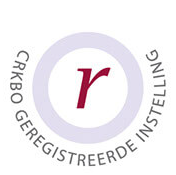In the build-up to the Dive & Marine Life Support in September, every three weeks a related medical condition will be discussed briefly. Today: Nitrogen Narcosis or inert gas narcosis (IGN).
Narcosis – a state of stupor, drowsiness, or unconsciousness
“Raptures of the depth“, “the Martini effect“, or “narks“ – all refer to the intoxicating effect of dissolved nitrogen in the brain tissue while (deep) diving. Although some divers love this feeling of euphoria (‘getting drunk cheap’), mental impairment may become hazardous underwater. Around 6% of dive-related deaths are attributed to narcosis.

Symptoms usually begin to appear at a depth of 20-30m (3-4 atmospheres), while diving with compressed air.
There are case reports of symptoms appearing at a depth of 10m, but most times symptoms begin to appear at 20-30m with euphoria and lightheadedness. At deeper water levels judgement impairs and divers experience overconfidence. When continuing descend, divers can start to develop hallucinations, drowsiness, and lose consciousness. Factors that can exacerbate the effects are exertion, hypercapnia, cold conditions, darkness, and alcohol intoxication before diving. Research with regard to adaptation and acclimatization to nitrogen narcosis is quite limited and contradictory.
The treatment is very straightforward: slowly ascend. To prevent nitrogen narcosis, scuba-divers are advised to stay well above 30m, always keep an eye on their buddies, and use helium-containing gas mixtures for deeper descends.
Literature:
Paul S. Auerbach – Wilderness Medicine: Diving Medicine
Clark J. Moving in extreme environments: inert gas narcosis and underwater activities. Extrem Physiol Med. 2015;4:1.




